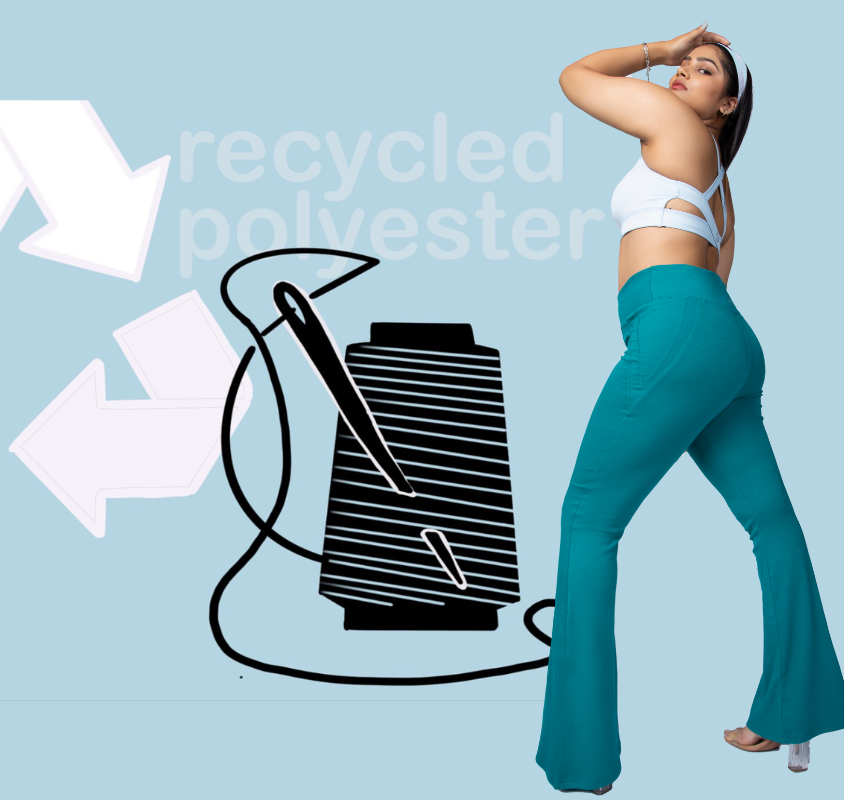a study showed that more than 1000 tonnes of microplastics rain down onto protected areas in the Western United States every year. these 1000 tonnes of microplastics are equivalent to 123 million plastic water bottles. there have been reports of microplastic in the Arctic snow and waters. how can there be any kind of plastic in the Arctic? there are hardly any humans there. well, wait for it. there will be many more moments of shock as we proceed.

what are microplastics?
starting with the basics, microplastics are tiny plastic particles that are less than 5 millimetres. you can think of it as the residue of larger plastics that have broken down over a long period of time. but, just as always, we have also created intentional microplastics for cosmetics, detergents, medicines, pesticides and you get the gist.
these microplastics, just like plastics, are non-biodegradable. they have infiltrated all spaces of our planet before we even realized it and it is almost impossible to remove them from the environment.
the inescapability of microplastics
if you are thinking that at least we are safe from these microscopic particles then think again. they are everywhere including our bodies, our drinking water, our clothes, and our food. babies fed formula milk ingest millions of microplastics every day. it is what we call an “out of control” situation. some countries have taken action to make some difference. for instance, the United Kingdom banned all products that contained microbeads. this, according to European Union policymakers, will reduce nearly 400,000 tonnes from 2030 to 2050 that gets added to our environment every year.

how harmful are they?
ever since scientists have figured out that microplastics exist, there have been various studies on how they can negatively impact human health. according to research, microplastics that are ingested can damage human organs. scientists have also discovered that these microplastics can leach hormone-disruptive chemicals that can hinder growth and reproduction. they can also cause cell death, cell-wall damage, and allergies.
but we are all about solutions so here are some ways you can avoid microplastics in your daily life
don’t microwave your leftovers in plastic containers. it makes it easier for additives added to the plastic to leach into your food.
stop using plastic bottles to store your water. instead, use a stainless steel or silicone bottle.
install a filter in your laundry machine. we do know that, unfortunately, almost 60% of all clothing material comes from synthetic materials like nylon and polyester and these materials release hundreds and thousands of microplastics every time you wash. but an external filter could reduce the number of microfibers released by 80%. we could also reduce the use of synthetic clothing but that is more of a long-term solution.
use micro-bead-free cosmetics. as we said earlier, we have also intentionally created microplastics for products like body wash and toothpaste.
replace tea bags with loose tea leaves. even if they don’t look like it, tea bags are plastic and a study found that when we brew one plastic tea bag, at least 11.6 billion microplastics are released in the drink! 11.6 billion!
so, there you go, here’s all you should know about these tiny particles that are invisible to us but could be wreaking havoc in our bodies.
until next time, live sustainable. live aastey.

































